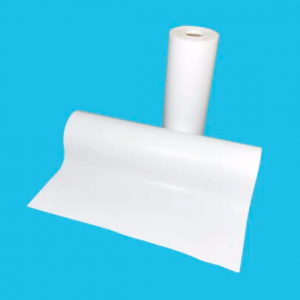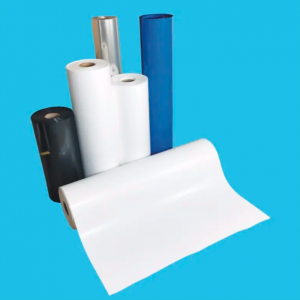There are many components to consider when installing a solar panel system. While many focus on the solar panel itself, one critical component that is often overlooked is the solar backsheet. The solar backsheet is a protective layer that plays a vital role in ensuring the longevity and efficiency of solar panels. Therefore, it is crucial to choose the right solar backsheet for your solar panel system. In this article, we discuss some important factors to consider when choosing a solar backsheet.
The first factor to consider is durability. Since solar panels are often exposed to various weather conditions, the backsheet must be able to withstand harsh elements such as wind, rain, snow and UV radiation. It is recommended to choose a solar backsheet made of high-quality materials with excellent weather resistance. High-quality materials such as fluoropolymer films or polyvinyl fluoride (PVF) provide exceptional durability and protect solar panels from potential long-term damage.
Another factor to consider is electrical insulation. Solar backsheet materials must have high electrical resistance to prevent electrical failure or short circuits. This is especially important because the solar panels generate electricity and any failure of the backplane can cause a significant drop in overall system performance. Look for backsheet materials with high dielectric strength and good electrical insulation properties to ensure the safety and reliability of your solar panel system.
Next, consider the fire resistance of solar backsheets. This is critical because solar panels are often installed near rooftops or highly flammable areas. In the event of a fire, the backsheet should not burn easily and must have low smoke generation. Choosing a flame retardant backsheet material, such as Halogen Free Flame Retardants (HFFR) or Polyvinylidene Fluoride (PVDF), can significantly reduce fire hazards and improve the safety of solar panel installations.
In addition, the solar backsheet should provide excellent adhesion to the solar cells and other components of the panel. Good adhesion ensures that the backsheet is firmly attached to the battery and prevents any moisture or dust from penetrating that could affect the performance of the solar panel. Proper bonding also enhances the structural integrity of the panels, allowing them to withstand various mechanical stresses over their service life.
Finally, consider the aesthetics of the solar backsheet. While this may not be a critical factor for everyone, some homeowners or business owners have specific requirements for how their solar panel system should look. They may prefer backs that blend seamlessly with their surroundings, such as black or white backs, or even backs with custom prints or patterns.
In conclusion, choosing the right solar backsheet is a critical decision when installing a solar panel system. Factors such as durability, electrical insulation, fire resistance, adhesion and aesthetics are considered to ensure optimal performance, safety and longevity of your solar panel installation. Investing in a high-quality solar backsheet may result in higher upfront costs, but can save you a lot of money in maintenance and replacement costs in the long run.
Post time: Aug-04-2023


